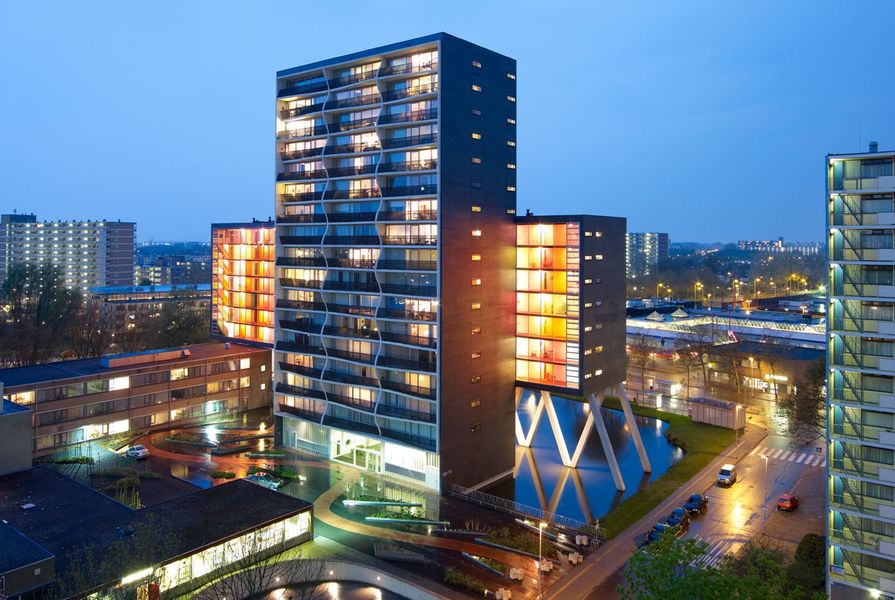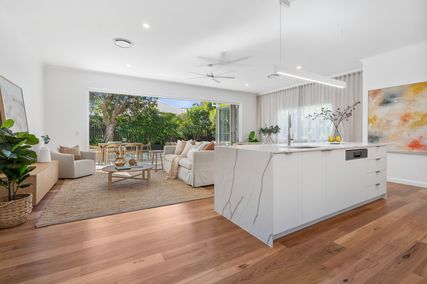A report backed by the Property Council of Australia has warned that there will be a serious shortfall in the amount of housing for over 65s in coming years, with demand for retirement villages expected to double by 2025.
The Retirement Living Council’s report says that almost 20 percent of Australia’s population will be over 65 by 2030, sparking huge demand for suitable housing. Suggestions for addressing the problem in the report include governments setting retirement living housing targets, fast-tracked approval of retirement living developments and making retirement communities permissible in all residential zones.
“The rapid increase in the number of older Australians needs to be matched by an increased determination by politicians and town planners to support the development of more seniors housing,” said the Retirement Living Council’s executive director Mary Wood.
“Purpose-built homes in retirement communities that are well located and expressly designed to support older Australians to be happy, independent and socially engaged is an important goal – but not one that our planning systems are well placed to achieve.”
Around 200,000 people, or five percent of people over the age of 65 currently live in retirement villages.
Urban and environmental planning researcher Dr Caryl Bosman from Griffith University said that as they age, baby boomers are looking for choices beyond the conventional retirement village, and that the issue goes beyond planning regulations.
“Planning needs to move but at the same time the developers’ responses need to shift too,” she said.
“In my work I’m trying to look for models of [baby] boomer housing that are both sustainable and offer lifestyle amenity – so not a gated community on a greenfield site that requires motor vehicle access to get anywhere that is not connected by public transport and does not have access to wider community facilities,” she said.
“It’s important to incorporate planning techniques and the role for urban designers, architects and planners in all of this is huge. I don’t see a lot happening in this area yet.”
Wohnfabrik Solinsieme in St Gallen, Switzerland – the fabric factory bought by a group of older people and converted into 17 loft-style apartments. Design by Archplan AG.
Image: Courtesy of Guy Luscombe.
AJA Architects director and GLAD Studio founder Guy Luscombe completed research focused on new approaches to architecture for older people as the winner of the 2014 Byera Hadley Travelling Scholarship, and he said that the statistics show that retirement villages don’t cater to everybody, with only a relatively small number of older people choosing to live in the communities at the moment.
“Some people do love that lifestyle, however, it doesn’t suit everyone. The figure suggests that there is a disconnect between what people want and what’s out there,” he said.
Luscombe said that a more flexible approach to planning around developments for older people could also accomodate more innovative and creative approaches similar to those he came across in European countries, such as Switzerland, during his research.
“The first of the two that would really suit here is this idea of intergenerational communites or multi-aged precincts where people from different stages of life are are put together, including young couples, single students and older people. In Switzerland there was a community housing provider who took selection of people from different areas and threw them together into this housing development. It was very very considered and it’s proven to be very successful,” he said.
“The second idea is a shared equity or co-housing approach, where a group of people can get together and share resources to create a development of their choosing. In Switzerland a group of 17 people got together and bought an old fabric factory and redeveloped it the way they wanted and it won an award. They’d taken control of their own future.”


















